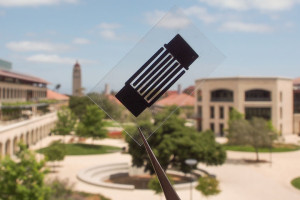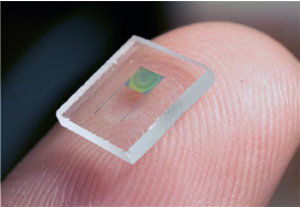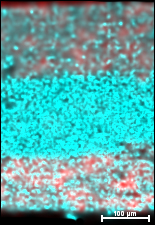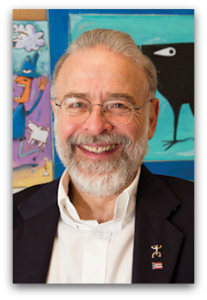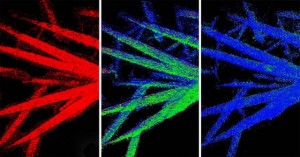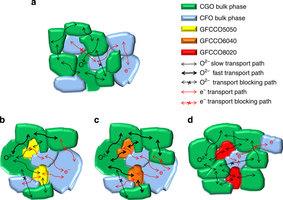ECS treasurer E.J. Taylor (Founder & CTO of Faraday Technology), recently forwarded us a story from The Economist featuring ECS members and their contributions to research and development on the ever-improving lithium-ion battery.
Since the battery’s commercialization by Sony in the early 1990s, the lithium-ion battery has improved to produce better laptops, smartphones, and even power electric cars.
Vincent Battaglia, ECS member and head of the Electrochemical Technologies Group at Lawrence Berkeley National Laboratory, states that the lithium-ion battery “is almost an ideal battery.” With its light weight and recharging capabilities, the battery has received much attention from researchers globally.


